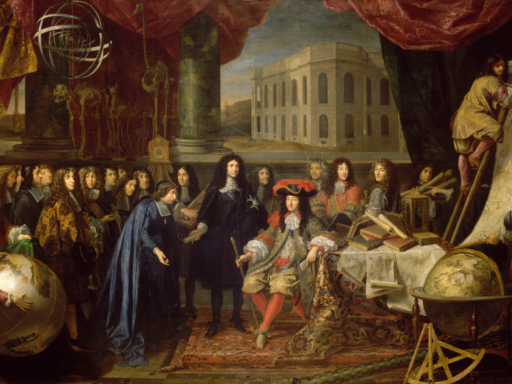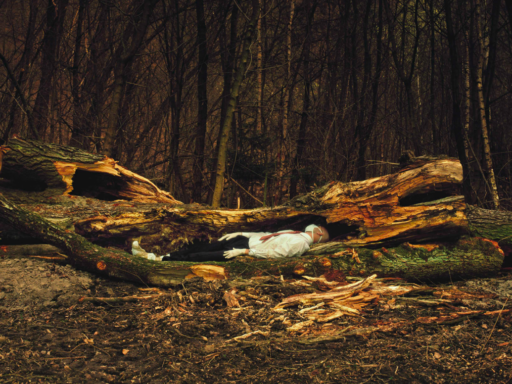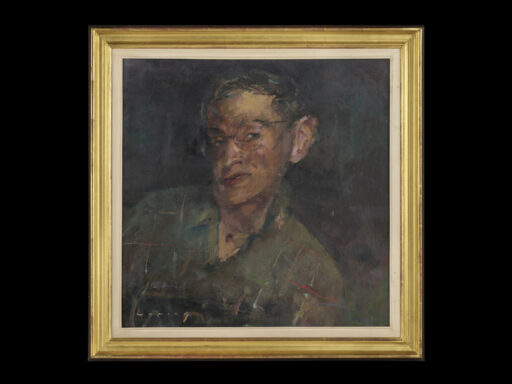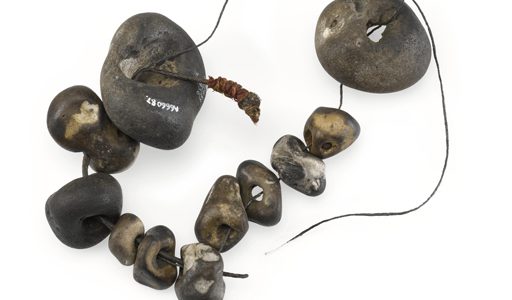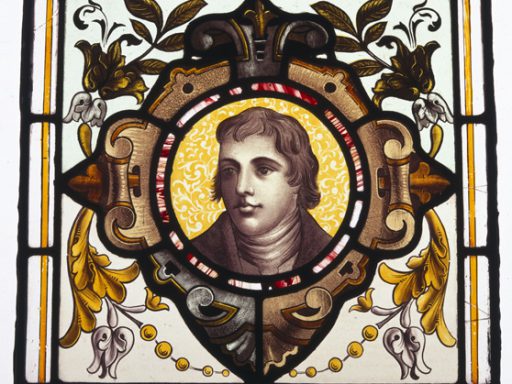The Science Museum Group Journal presents the global research community with peer-reviewed papers relevant to the work of science museums everywhere. It is completely Open Access and freely shares the research of our five national UK museums while warmly inviting contributions from international museum professionals, academics and researchers to form creative conversations.

